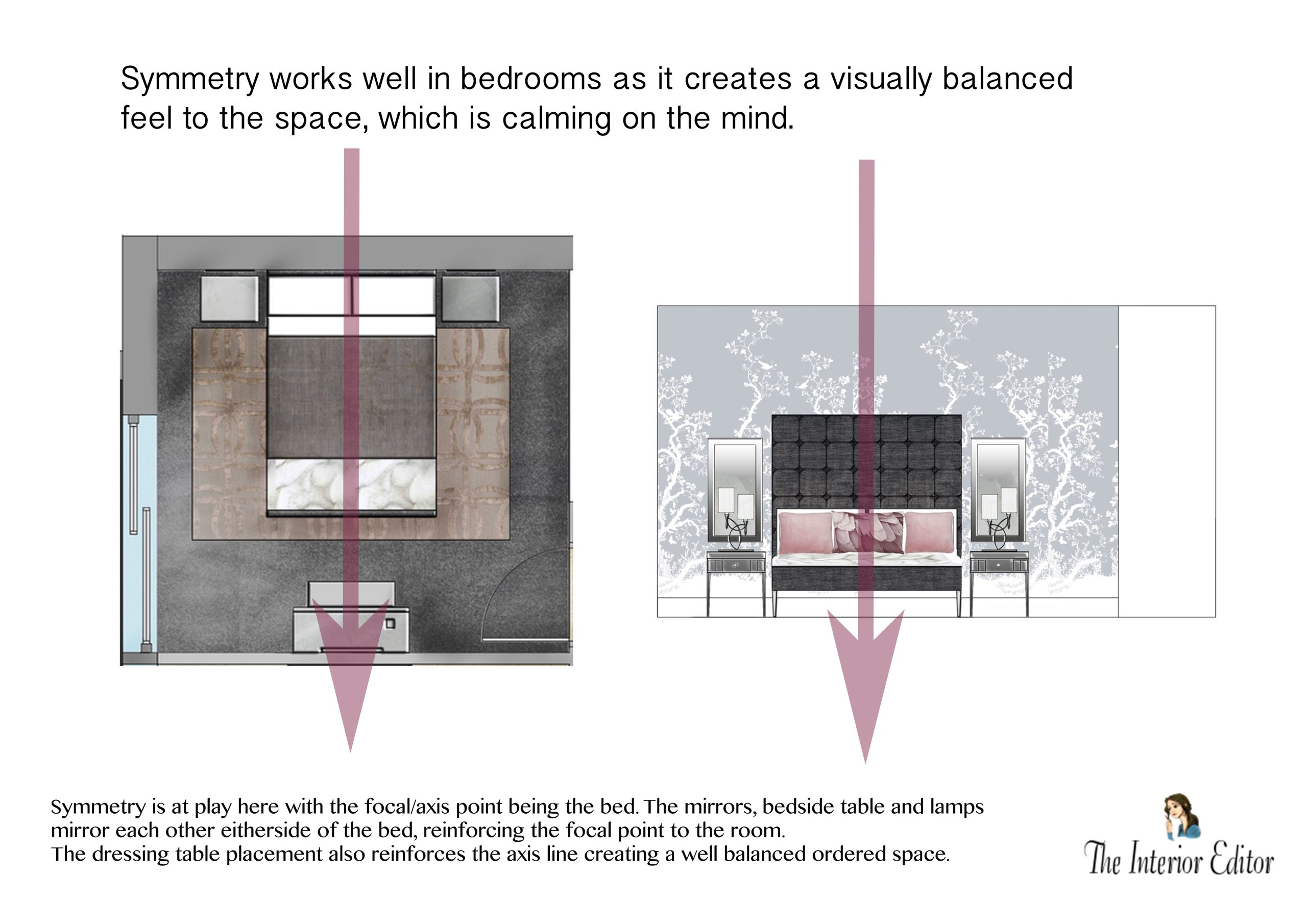Introduction
When it comes to design, finding the perfect balance between aesthetics and functionality is crucial. One approach that has stood the test of time is the implementation of the Golden Ratio. This mathematical concept, often referred to as nature’s secret formula for beauty, has been utilized by designers, architects, and artists for centuries to create visually pleasing compositions. In this blog post, we will explore the significance of the Golden Ratio in design and its practical applications in various creative fields.
The Golden Ratio: A Timeless Design Principle
The Golden Ratio, also known as the Divine Proportion or Phi (?), is a mathematical concept that has been used in design for centuries. It is a ratio that is considered aesthetically pleasing to the human eye and is found in various aspects of art, architecture, and nature.
The Mathematical Definition of the Golden Ratio
The Golden Ratio is approximately equal to 1.6180339887, and it is derived from the Fibonacci sequence. In design, it is often represented as a rectangle with sides in the ratio of 1:1.618.
Applying the Golden Ratio to Design
The Golden Ratio can be applied to design in various ways. One common application is in the layout of web pages, where the ratio is used to determine the proportions of different elements such as images, text blocks, and navigation menus. By following the Golden Ratio, designers create visually balanced and harmonious compositions.
1. Typography
Typography plays a crucial role in design. By applying the Golden Ratio, designers can determine the ideal font sizes and line heights for headings, subheadings, and body text. This ensures readability and visual consistency throughout the design.
2. Grid Systems
Grid systems are used to organize content on a page. By incorporating the Golden Ratio into the grid structure, designers can create well-proportioned layouts that guide the viewer’s eye and create a sense of balance.
3. Logo Design
The Golden Ratio can also be applied to logo design. By using the ratio to determine the proportions of different elements within a logo, designers can create visually appealing and memorable logos.
The Psychological Impact of the Golden Ratio
Aside from its aesthetic appeal, the Golden Ratio also has a psychological impact on viewers. It creates a sense of harmony and balance, making the design more pleasing to the eye. This can help to capture and retain the attention of the audience.
The Golden Ratio in Nature and Art
The Golden Ratio is not only found in design but also in nature and art. It can be seen in the spirals of nautilus shells, the branching patterns of trees, and the proportions of the human body. Artists have also incorporated the Golden Ratio into their compositions to create visually pleasing and captivating artworks.
In Conclusion
The Golden Ratio is a powerful design principle that helps to balance form and function. By incorporating this ratio into various design elements, designers can create visually appealing compositions that are both aesthetically pleasing and functional. Whether it is in typography, grid systems, logo design, or other aspects of design, the Golden Ratio continues to be a timeless and valuable tool for designers.
Summary

In summary, the Golden Ratio is a mathematical principle that has been widely used in design to create visually harmonious and appealing compositions. Its application can be found in various creative fields, ranging from architecture and graphic design to website layout and photography. By understanding and implementing the Golden Ratio, designers can strike a perfect balance between form and function, ensuring that their creations are not only aesthetically pleasing but also highly functional and intuitive for the end-users.


